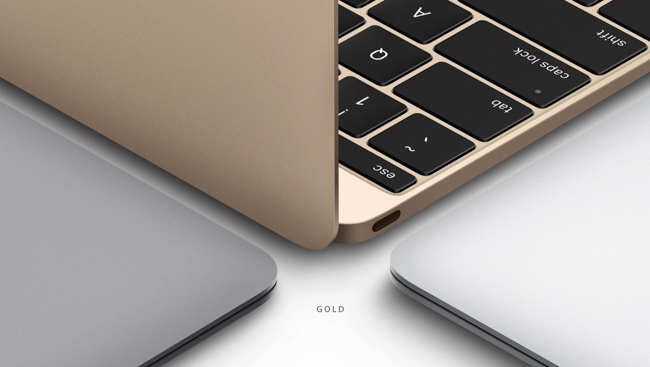
Over the past year, stories have risen about one of the biggest tech advancements in the smallest of devices: the USB-C plug. Companies like Dell, Raze, HP have utilized the plug to power ultrabooks, and some, like Apple, have already fully invested in the new technology. USB-C, for those unaware, is a port that is becoming the first universal standard to connect both cell phones and computers with the support of 10 Gbps and up to 100 watts of power.
USB-C is backward compatible with older standards via the use of adapters. so while we go through an awkward ‘tween period before all devices support the new standard, there will be some growing pains; perhaps chief among which is quality control that could end up destroying your devices.

[REWIND: THE DIFFERENCE BETWEEN USB-C & THUNDERBOLT 3]
Say you go to Amazon and buy any pack of cheap USB-C cables, you could end up with a wire that can destroy your new Macbook Pro. This is what happen to Benson Leung, a Google Engineer who’s Chromebook Pixel was destroyed,
“On my Pixel, both USB Type-C ports stopped responding immediately. Neither would charge or act as a host when I plugged in a USB device such as an Ethernet adapter. Upon rebooting my Pixel, the system came up in recovery mode because it could not verify the Embedded Controller on the system.” – Leung writes in his Amazon review.
![]()
With Great Power…
The problem arises when you connect a USB Type-C enabled device such as a phone to a USB Type-A port on your laptop or hub. The USB Type-C phone may draw 3 Amps of power, while the laptop’s USB port puts out less than 2 Amps. A poor-quality wire fools the phone into thinking that it’s connected to a 3-Amp capable power source, and when the phone tries to draw 3 Amps it can cause permanent damage to the laptop.
The main reason why there hasn’t been much press about it yet is that few USB Type-C devices are out there in the market, but this will soon change. Many cables, especially cheap ones, are not designed properly and will have this problem. Even some smartphone manufacturers have shipped with bad cables.

How to Find Safe USB Type-C Cables
Not all USB Type-C accessories are created equal, as Leung has discovered; he has been working on several products from the Pixel line and knows specification requirements of USB-C. His team has been testing some third-party Type-C cables and adapters, they have noticed that a few of these are potentially dangerous to your devices.
Leung has an ever expanding Amazon review list and spreadsheet, and looking at the USB plug itself is a good way to tell if the cable will have a problem. How? A good cable will use a single piece of metal instead of having a seam like we are used to seeing in micro- and mini-USBs.
Setting a Standard
If the cable is not on the Leung’s spreadsheet, consumers won’t be able to tell by looking at it that it has been tested to comply with USB Type-C standards. Playing Russian roulette is not something you should be doing with your devices, and that is where a certification by the USB-IF comes in.
CTO of the USB-IF, Rahman Ismail, explained that their program, while not a replacement for local, state, federal or international regulation requirements, is still quite comprehensive. “We prematurely age the cable, and simulate what happens to the cable after three years,” says Ismail.

The USB-IF has some logos that manufacturers can use if accessories pass testing that consumers may not know about. The logos may be located on product packaging and are rarely (if ever) shown on popular online shopping sites. The logos are the equivalent of Apple’s “Made for iPhone,” where it can guarantee the safety for your devices, however, unlike Apple the USB-IF can’t force companies to submit cables for standards testing as it isn’t a regulatory agency.

Thoughts
With adoption forecasted to be wide-spread in the next few years, it may not be cell phones and ultrabooks that consumers have to worry about, but their cameras as well. There is a hand full of cameras that already charge via USB like the Sony A7 or the Fuji X100T, and with USB-C’s power delivery other manufacturers might adopt the standard in lieu of including a charger. Hopefully, these non-compliant cables will disappear from the market as more companies jump on the USB Type-C standard, but looking at all the unauthorized iDevice cables, it seems less than likely. Stay vigilant.




Get Connected!